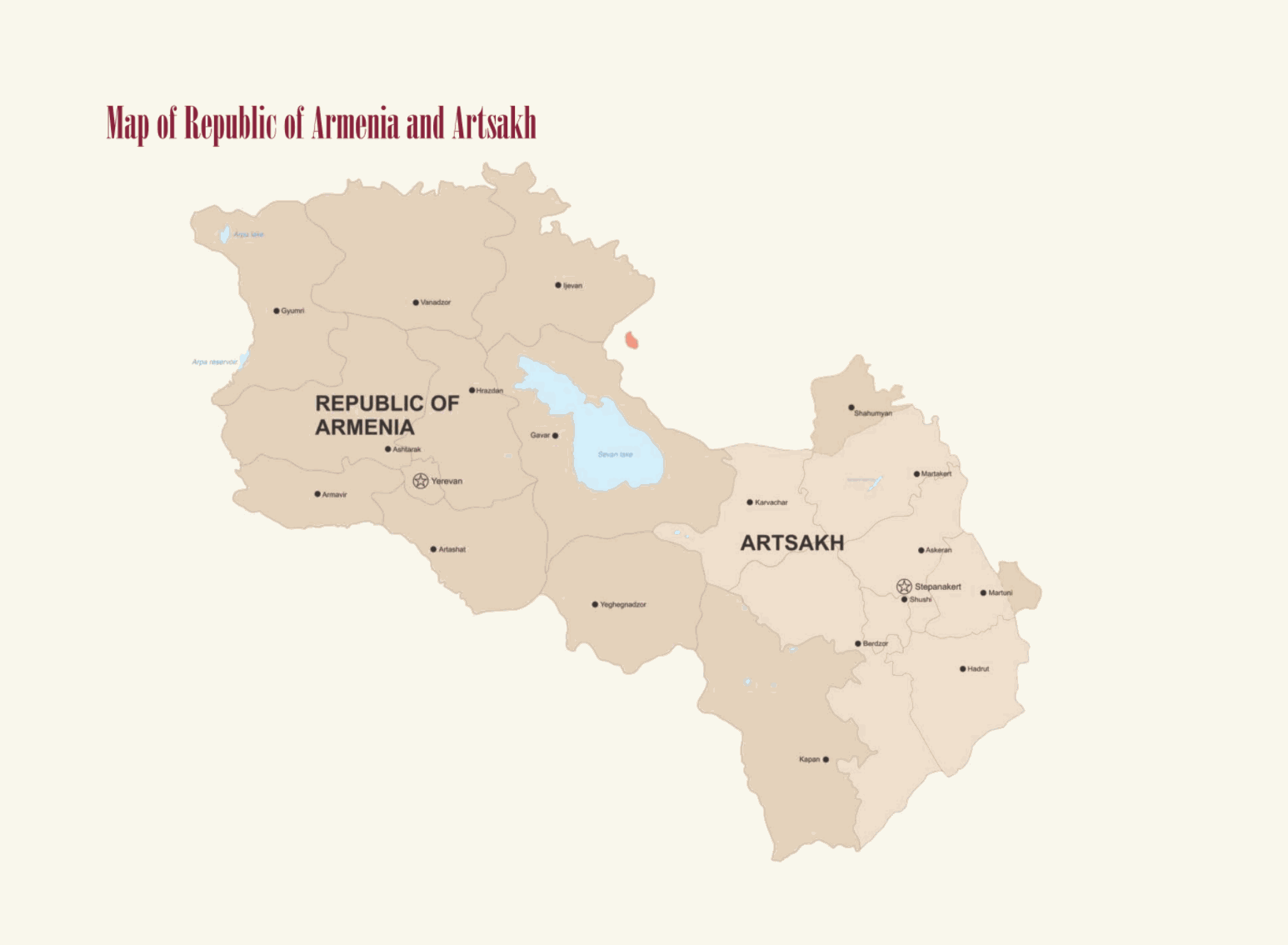WORLD'S OLDEST WINES
ARMENISCHE WEINE
der ursprung armenischer weine
ARMENISCHE WEINE
DIE HERKUNFT ARMENISCHER WEINE
...
Armenia: The Cradle of Viticulture and Winemaking
According to the Bible, Armenia is the birthplace of viticulture and winemaking. There are many intriguing and beautiful legends about the origins of wine, and the following is the oldest:
“Humanity first discovered the taste of wine and felt its effects when, after the Great Flood, Noah planted the first vine at the foot of Mount Ararat. A goat stumbled upon Noah’s secret of winemaking. After eating the wild grapevines, the goat became intoxicated and began pushing other animals around in a drunken stupor. Inspired by this, Noah planted grapevines on the slopes of Mount Ararat and crafted wine from the fruit. The wine was so irresistible that Noah could not withstand the temptation—he drank and became inebriated.”

A Legacy Rooted in Armenia
Winemaking played a vital role in the ancient kingdom of Urartu, as confirmed by Assyrian sources.
In the 8th century BC, the kings of Urartu referred to Armenia as "the land of vineyards." Urartian cuneiform inscriptions also detail vineyards planted in honor of the god Khaldi, where grape cultivation was seen as a monumental achievement. Renowned historians and scholars, including Herodotus, Strabo, and Xenophon, have also acknowledged Armenia's winemaking tradition.
"During their invasions, Assyrian kings documented various types of wine in their records, along with the number of vineyards destroyed. Winemakers were among the most highly valued captives," says Frunze Harutyunyan, a lecturer at the Wine Academy and chief winemaker at the "Maran" wine factory.
Armenia’s Ancient Winemaking Heritage and Influence
According to the writings of Herodotus, Armenians had established commercial ties with Babylon and were known for selling wine to them. The winemaking culture spread from the Armenian Highlands to regions such as Georgia, Persia, Mesopotamia, Egypt, Greece, and Rome. Herodotus also mentioned that while Assyria produced wine, Babylon primarily imported it from Armenia, implying that Armenian wine was of superior quality.
The revival of winemaking in Armenia has always been linked to the presence of Armenian statehood. During the reign of the Bagratuni dynasty, when Armenia regained its independence, winemaking flourished once again.
In pre-Christian Armenia, there was a unique tradition of boiling aromatic liquids from thousands of plants. In the 1st century BC, a winemaker named Pargev, who resided in the royal palace of King Trdat, learned how to distill alcohol from these fragrant concoctions.
King Trdat, along with his royal entourage and gifts, including this aromatic liquid, traveled to Rome to visit Emperor Nero. According to Roman historians, Nero was so pleased after tasting the liquid that he became joyful and delighted.
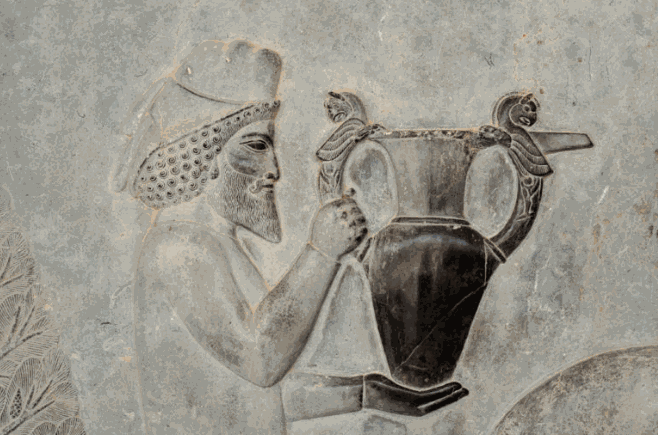
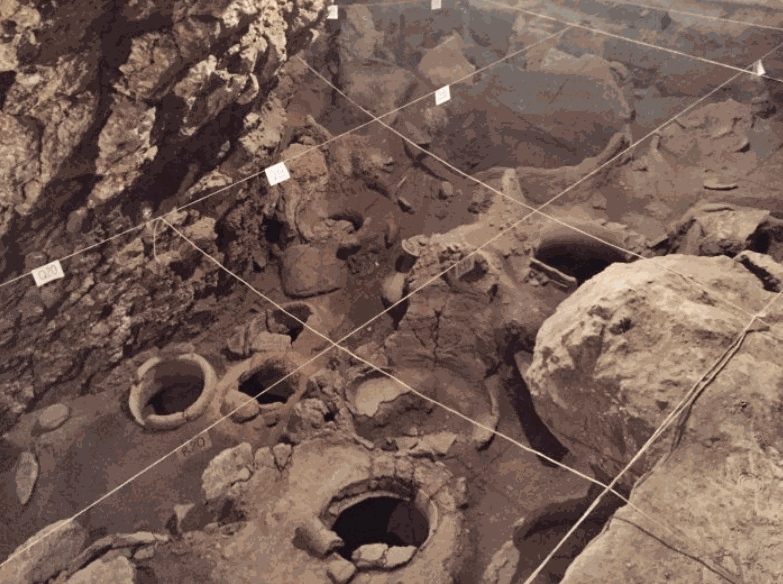
Ancient Armenian Grapevine Cultivation and Winemaking
Archaeological studies of grape seeds have confirmed that as early as the 6th-5th millennium BC, Armenians began adapting wild grape varieties and practicing selective breeding.
Ethnographers and archaeologists researching the wine culture of the region have uncovered significant findings near the village of Areni in Vayots Dzor, close to the bridge leading to the Noravank complex. In the "Bird's Cave," they discovered various monuments dating from the Old Stone Age to the late medieval period, providing evidence that inhabitants engaged in grape cultivation. Traces of medieval vineyards can even be found beyond the Noravank canyon.
In 2011, the world’s oldest known winery, dating back 6,000 years, was unearthed during excavations at the Areni Complex in Armenia.
Further excavations in 2007-2008 uncovered remains of material culture from the Copper and Stone Ages. In the cave’s first hall, archaeologists discovered a complex of clay structures, further emphasizing the region’s ancient winemaking heritage.
DIE ERSTE WINZEREI DER WELT
The Rich Legacy of Van’s Vineyards
The vineyards of Van were so bountiful that King Sargon II of Assyria once remarked, “The grapes fell like rain, and the wine flowed like a river.” Ancient records that have survived to this day describe various techniques for the production of both wine and beer. Xenophon, in particular, noted that Armenian wines were of exceptional quality—aged and offered in great variety. Viticulture and winemaking methods developed in Armenia spread to neighboring regions thousands of years ago.
However, during invasions and control by Arabs, Turks, and Seljuks, many vineyards were destroyed, leading to significant cultural and economic losses.
The Areni complex, discovered in Armenia, includes various types of storage facilities. The ancient winery found there has sparked great interest. Archaeologists uncovered remnants of grape seeds near the winery, along with grape-crushing tools, clay pots surrounded by grape clusters and dried vines, and even wine-drinking cups. Research indicates that, aside from Areni, there is no other site in the world that preserves such a comprehensive winemaking complex.
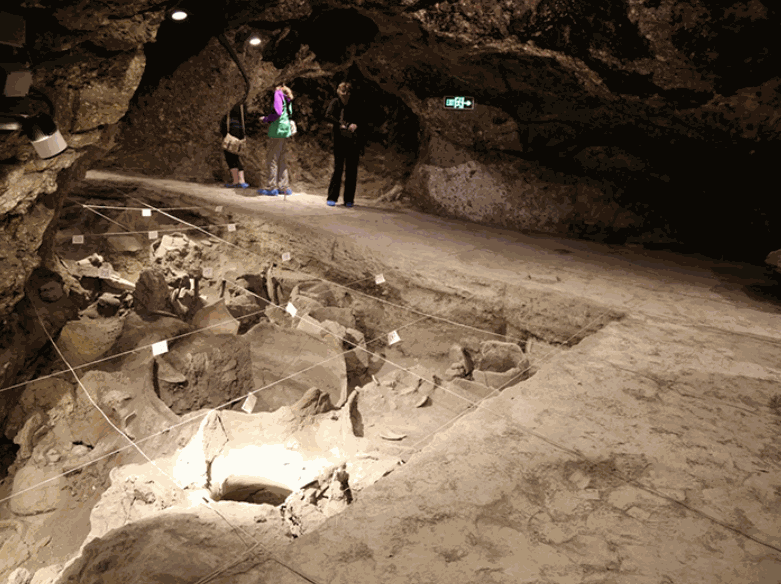

Armenia's Unique Grape Varieties and the Legacy of Areni Black
Of the approximately 6,000 grape varieties found worldwide, around 1,200 grow in Armenia. Most of these are indigenous, uniquely shaped by the Armenian sun and the strength of its fertile soil.
Areni Black is one of the most remarkable varieties, thriving in high, mountainous regions and boasting distinct taste characteristics. DNA analysis has shown that Areni Black has no genealogical ties to any known grape variety, further emphasizing its uniqueness. Wines made from Areni Black are renowned for their elegance and freshness, often featuring aromas of cherry, black pepper, and black tea. Due to Armenia's geographical isolation and adherence to traditional cultivation methods over the past 6,000 years, Armenian grapes have never been crossbred or altered.
In the 19th century, European vineyards were devastated by an invasive species—phylloxera—introduced from America. This pest nearly wiped out the continent's vineyards, leaving only those resistant American grape varieties. Today, many renowned wines like Cabernet Sauvignon, Merlot, Pinot Noir, Spanish Rioja, and Italian Montepulciano are rooted in these American vines, as European roots could not withstand the parasite.
In contrast, Armenia's native vines remained untouched. The phylloxera insect never reached Armenia's highlands, allowing the ancient, authentic grape roots to be preserved, just as they have been for thousands of years.
das "ehrlichste getränk"
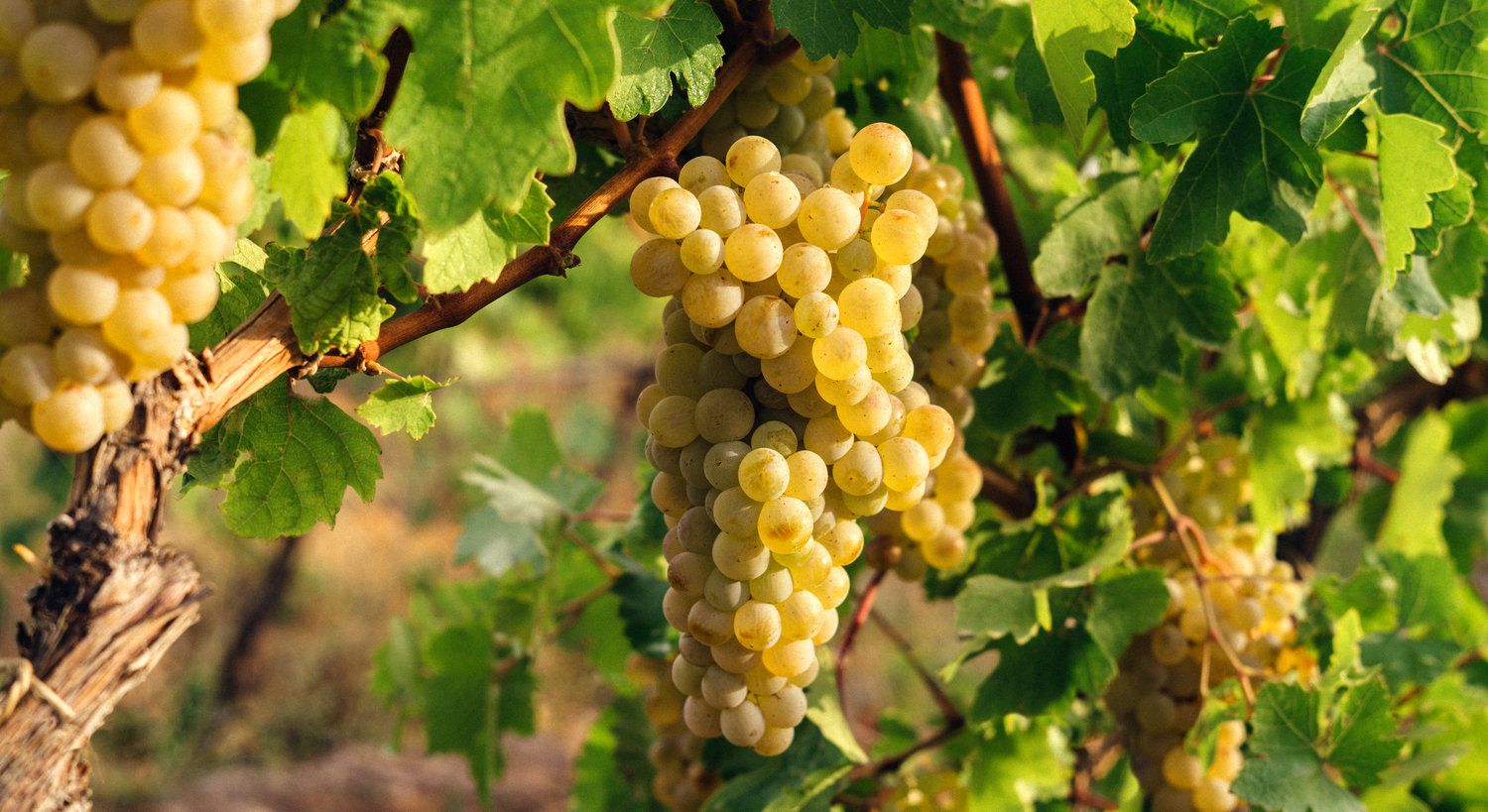
Since regaining independence in 1991, the Republic of Armenia has been revitalizing its legendary wine industry across the country. Armenian wines have found great success in major international markets, including the USA, China, Italy, Canada, Switzerland, France, Belgium, and Russia, where they are gaining a new wave of recognition. Armenian wines have been showcased at prestigious international exhibitions and competitions in cities such as Strasbourg, Amsterdam, Shanghai, Düsseldorf, and Moscow, winning numerous awards and medals. The ancient Armenian Apostolic Church, the world’s oldest official Christian church, honors the country’s rich winemaking heritage with a major religious holiday—the Consecration of Grapes and the Transfiguration of the Virgin Mary. This celebration is one of the five key holidays of the Armenian Church. Armenian grapes are also immortalized in thousands of medieval manuscripts, murals, and the iconic Khachkars—unique Armenian cross-stones that grace historic monuments throughout the world.
Ancient and Revitalized Flavors of Armenian Wine in Switzerland
Heres Wine proudly serves as the exclusive representative of 16 renowned Armenian boutique wineries and distinguished winemakers. These exceptional producers capture the essence of Armenia's finest winemaking traditions, offering an extraordinary, unparalleled bouquet of ancient yet exquisitely sensual flavors. Each bottle embodies the rich heritage of Armenian viticulture, bringing the timeless taste of this historic wine region to Switzerland.
DIE ERSTE WINZEREI DER WELT

DIE ERSTE WINZEREI DER WELT
